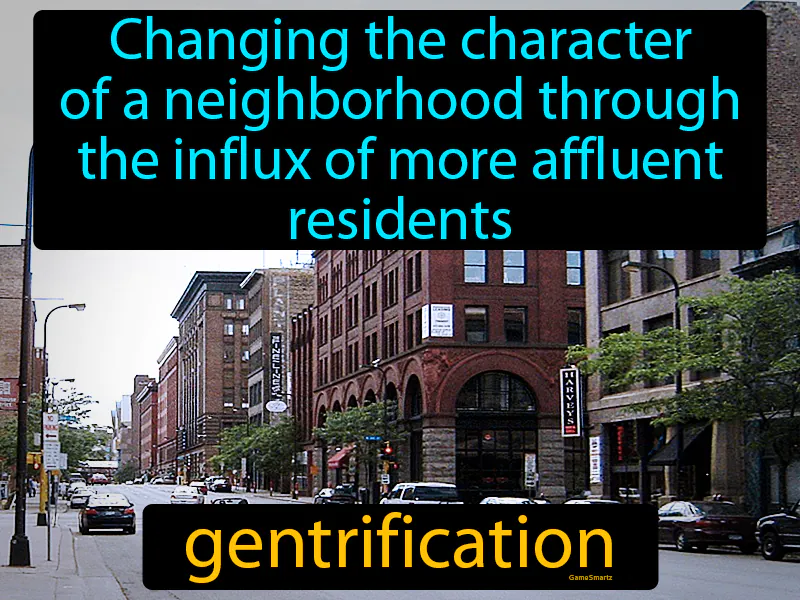Gentrification
Gentrification: Easy to understand
Between 1992 and 2015, gentrification became a significant issue as cities aimed to revitalize urban areas that had fallen into decline. It responded to problems like urban decay and the need for economic development, bringing in wealthier residents and businesses which increased property values. However, it also led to the displacement of long-time, often lower-income residents who could no longer afford to live in their neighborhoods. Today, gentrification remains important because it can change the cultural landscape of communities, affecting local businesses and housing affordability. For example, in neighborhoods like Brooklyn in New York City, once affordable areas have seen rents skyrocket, pushing out existing residents and altering the community's character.

Practice Version

Gentrification: Changing the character of a neighborhood through the influx of more affluent residents. Gentrification. Historically, gentrification is when wealthier people move into urban areas, leading to rising property values and displacement of the original, often lower-income, residents.